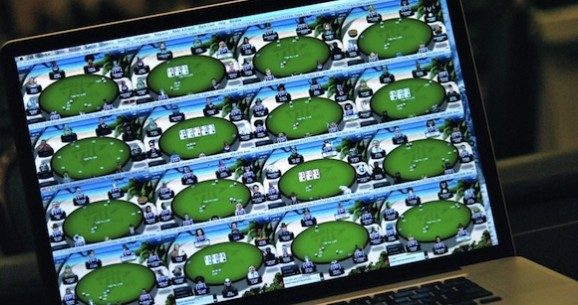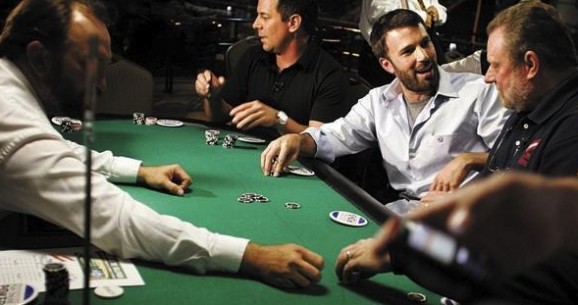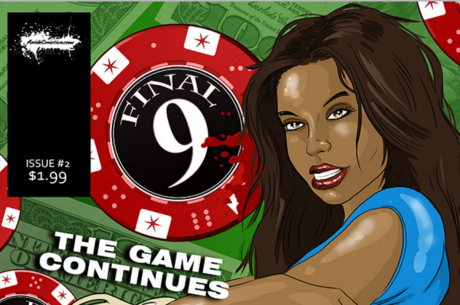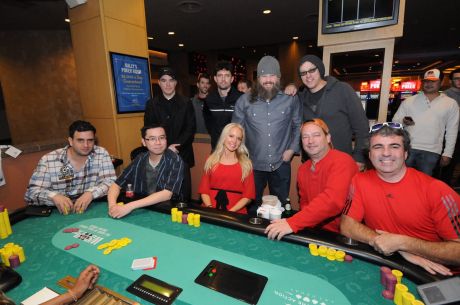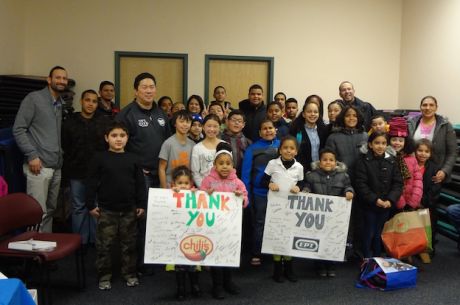The Big One For One Drop: Millions in Amateur Money
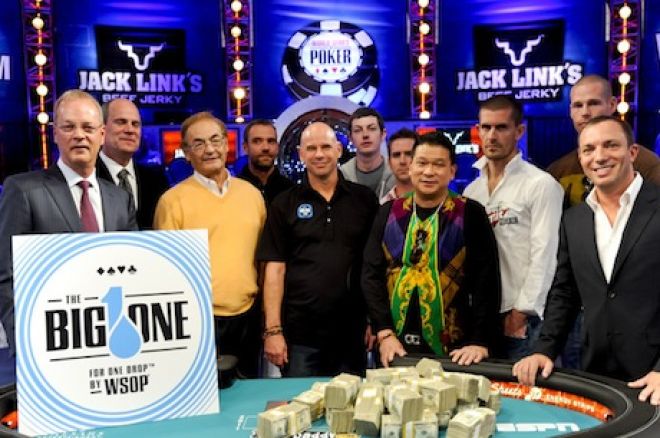
Last week, the World Series of Poker announced that eight more players confirmed their participation in The Big One for One Drop. We��re more than two months away from the start of the $1 million buy-in event, and the total number of entrants is now up to 30, just 18 shy of the 48-player cap. The first-place prize is currently $12,266,668 �C the largest in poker history �C and will only grow as we near the start of the event on July 1.
It��s easy for us to get lost in the astronomically large numbers being thrown around, but the most intriguing part about the tournament (at the moment) is that only a third of the field is comprised of professional players. The 10 grinders include, Erik Seidel, Justin ��Boosted J�� Smith, Patrik Antonius, Gus Hansen, Daniel Negreanu, Johnny Chan, Tom Dwan, Tony G, Jonathan Duhamel, and Bertrand ��ElkY�� Grospellier.
One could even argue that Tony G is more of a businessman than a professional poker player; however I would argue that his ability to send players off on their bikes speaks for itself.
Let��s assume that half of the other 20 players, including Dan Shak who defeated Phil Ivey heads up to win the $100,000 challenge at the 2010 Aussie Millions and just finished runner-up to Viktor Blom in the $100,000 Super High Roller at the 2012 PokerStars Caribbean Adventure, are competent, and the other 10 are simply home-game heroes who happen to have a $1 billion. In this scenario, there would be nearly $9 million in amateur money.
$9 million. Yes.
And I��m being conservative. If you ask any of the pros in this field, or any of the pros lurking and trying to sell action, they��ll tell you that there��s probably closer to $13 million in amateur money already in the prize pool. That��s incredible, and it may be a once in a lifetime opportunity for some of the best players in the world.
---ReadMore---
In the past, we��ve seen players scramble to sell shares for a six-figure buy-in because there are one or two amateurs registered, but reaching $100,000 or even $250,000 is much easier than reaching $1 million, especially when 11 percent is going straight to One Drop. Being charitable is incredibly noble, and Guy Lalibert�� and anyone else who willingly donates over $100,000 to help provide clean water to those who need it the most are awesome, but it��s a hindrance to potential investors who are purely looking for an edge in the game. In order to sell pieces for this event, you��ll have to have a great reputation, great results, and very wealthy friends who want to buy a piece of you, rather than sell action themselves.
If there is a group of players who are close, and are all interested in playing in the Big One but aren't properly rolled to do so, then maybe we'll see The Corporation 2.0. By now you're probably familiar with Andy Beal and his heads-up battles with a group of professional players, led by Doyle Brunson that was named "The Corporation." (If not, then you have some reading to do.) Well, it wouldn't be surprising if we see a group of players pool their money together and nominate the best multi-table tournament player to play on their behalf. Or, better yet, they could host their own six-figure satellite with no rake and offer percentages to everybody who registers.
There is a very clear downside to this idea though �� it's only one tournament. If the representative of the group busts on the first hand with the second-nuts against the nuts, that's it. It's over. There is no rebuy, nor can you sub a player in if someone is struggling like the Corporation did against Beal, you have so select one person and roll with them.
But is the variance worth it? Is it worth taking such a big shot?
If you have the right group of people, with the right player representing them, I think so. Off the top of my head, I can think of a group of five players that would all be among the favorites if they played, and all have $200,000 to throw into the pot. Scott Seiver, Eugene Katchalov, Jason Mercier, David "Doc" Sands, and Isaac Haxton are all certified sickos, and have all finished third or higher in a six-figure buy-in in the past two years. Seiver, Katchalov, and Mercier have all recorded wins.
It wouldn't surprise me if any or all five of these players sold action and played, but if they entered as a group, they would probably save a pretty penny and, if they weren't playing themselves, they'd be investing in one of the best poker players in the world. Pride is a tricky thing, though, and it would be hard for these players to sit on the sidelines and watch someone play for them.
Regardless, the money is sitting right there, waiting to be claimed. Whether it be by an amateur, or one of the best players in the world.


